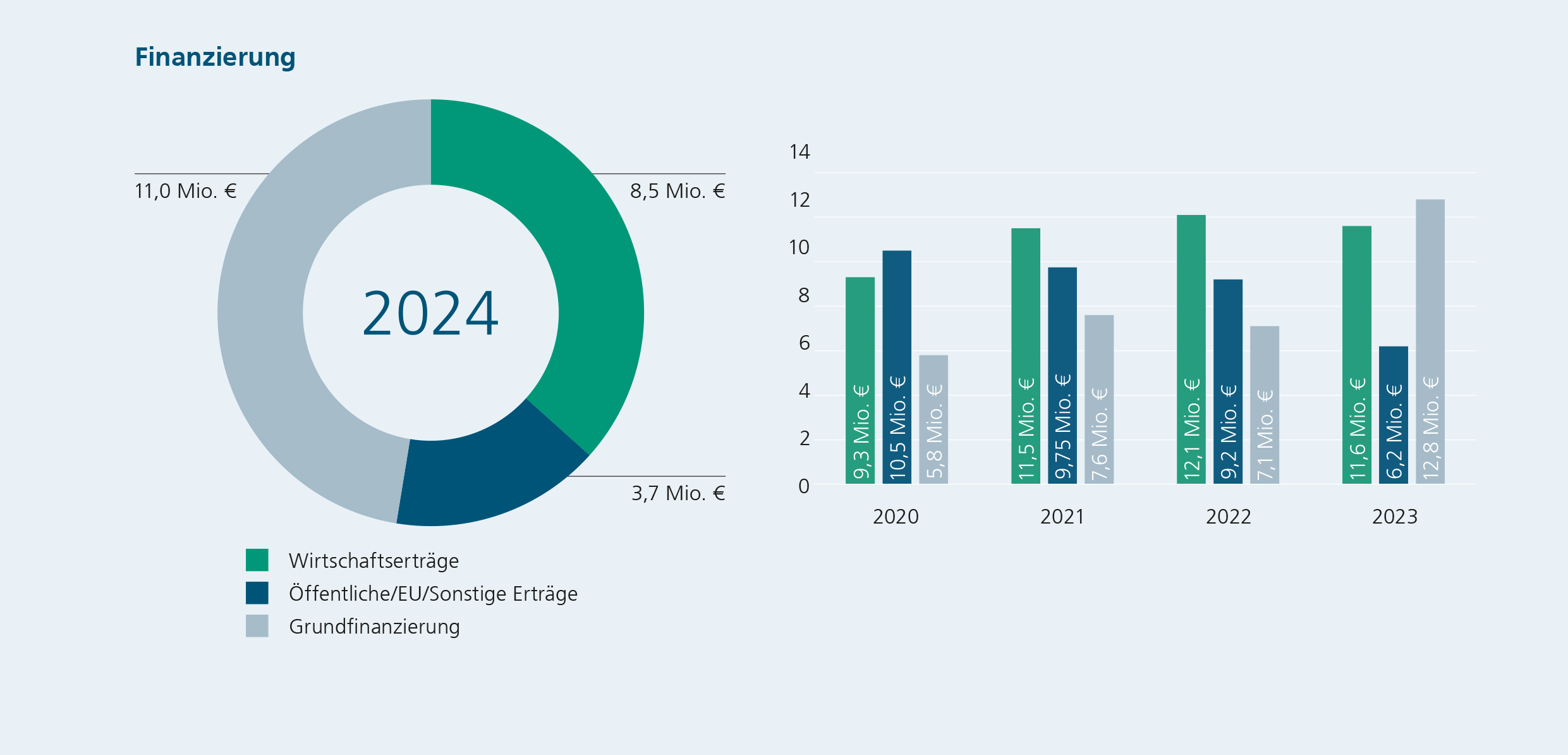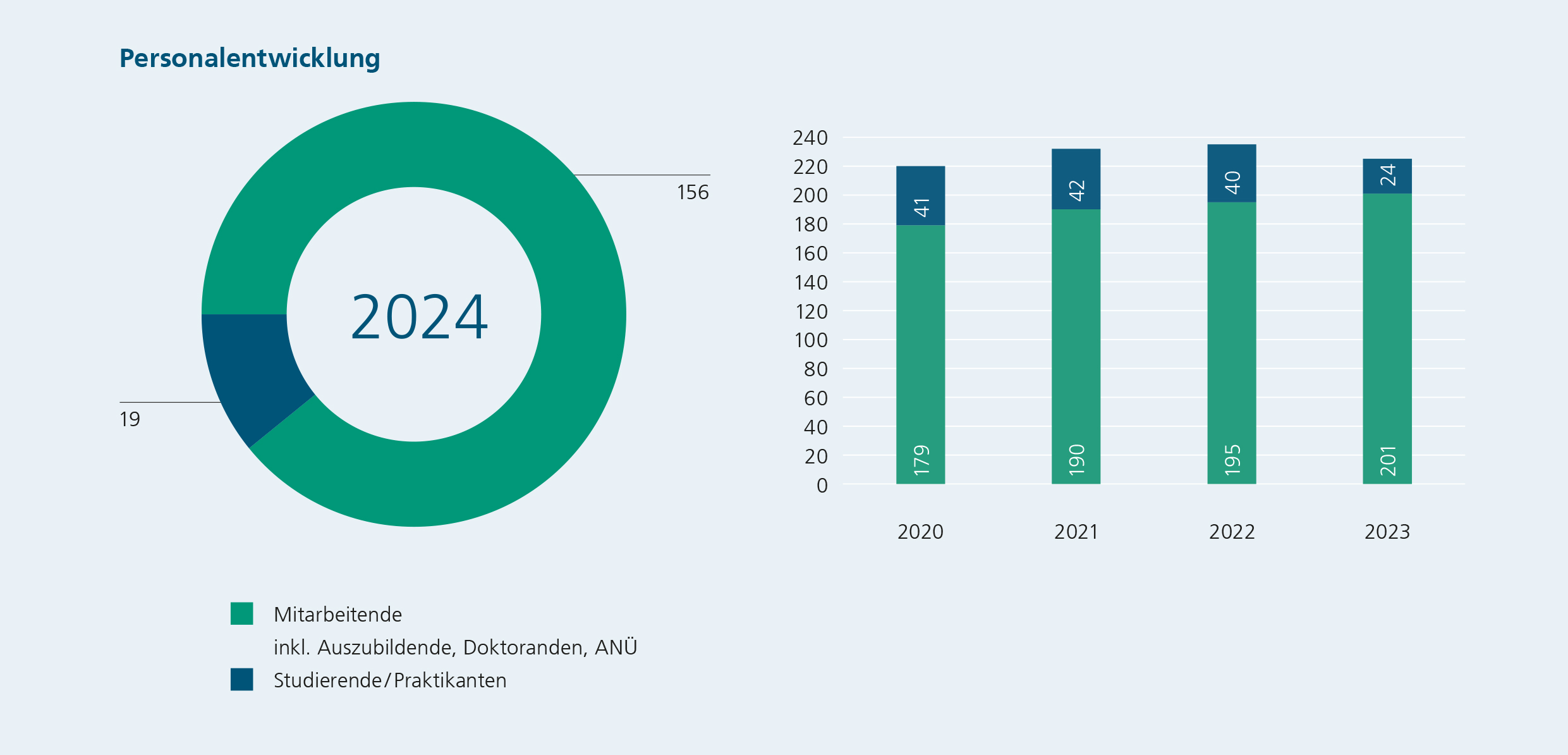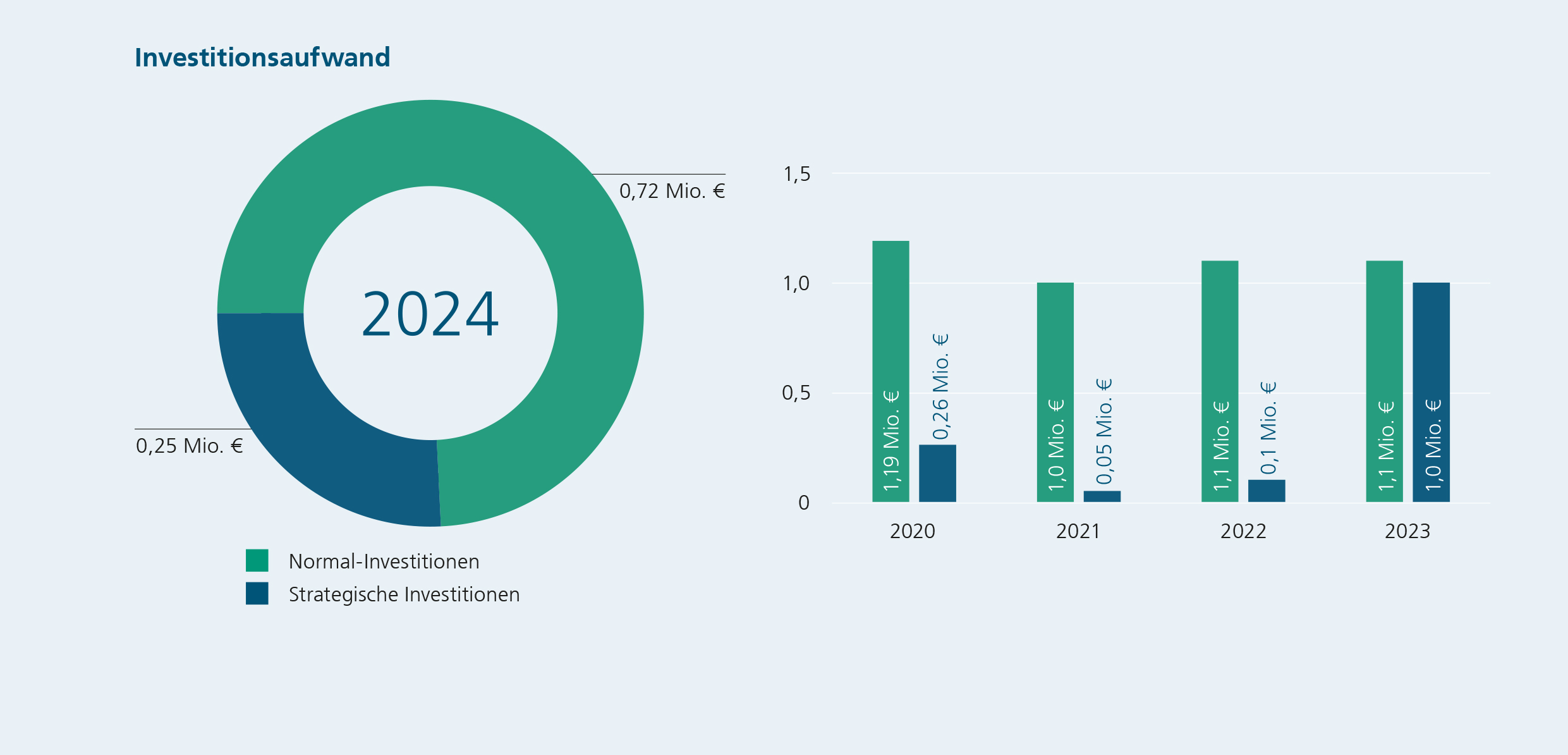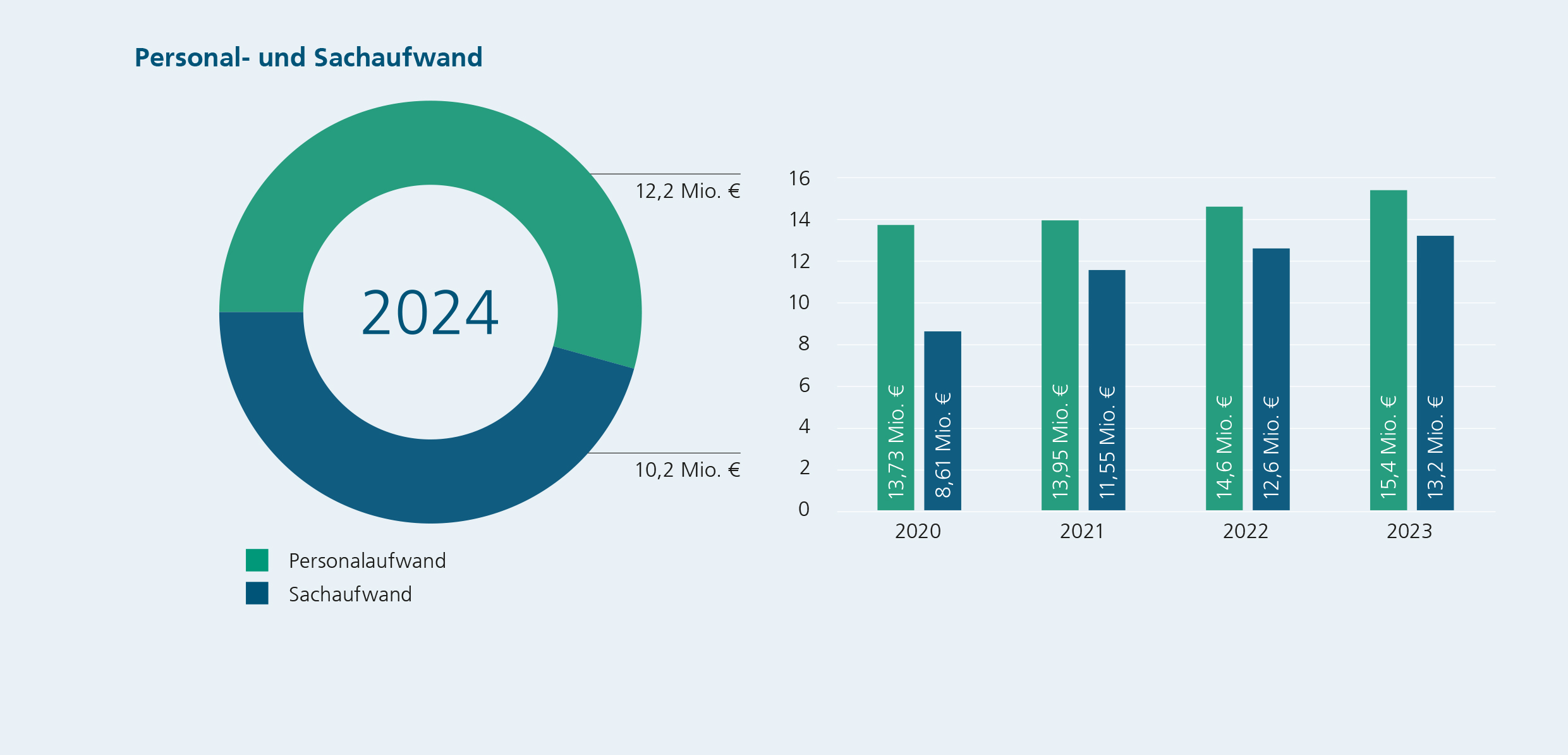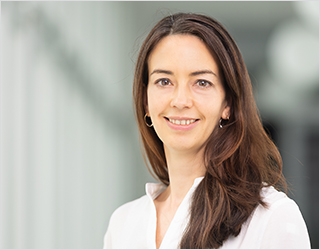
2024 was a year of change, innovation, and forward-looking developments for the Fraunhofer Institute for Electron Beam and Plasma Technology FEP. The strategic and organizational adjustments that shaped the year underscore the willingness and ability of the institute and our employees to dynamically adapt to changing requirements and opportunities. The beginning of the year was marked by extensive restructuring, with the microdisplays and sensor technology business unit successfully transferred to the Fraunhofer Institute for Photonic Microsystems IPMS in January. This restructuring will enable both institutes to focus on further developing and strengthening their portfolios in their respective areas of expertise.
Fraunhofer FEP is committed not only to cutting-edge scientific research, but also to promoting the next generation of technicians and scientists. Particularly noteworthy is the commitment of our employees to the “Schüler experimentieren” (Pupils Experiment) competition in March. Three pupils investigated the resistance of electrochromic coatings on windows to acids and bases. The results of the Flex-G 4.0 project, in which such films are used as retrofit solutions in windows to regulate heat input and light incidence, were incorporated into this project. With the support of our scientists, their results earned them first place in the chemistry category of the regional competition and they also competed in the state competition.
Another milestone was the inauguration of the new RESET building complex in April, which was attended by high-ranking guests from politics, science, and industry. This modern building complex represents an important expansion of our infrastructure and offers ideal conditions for advancing new research initiatives in the fields of electronics and surface technology.
With the aim of making scientific findings accessible to a broad audience, Fraunhofer FEP opened its doors to the Long Night of Science in Dresden in June. Thousands of visitors – from interested amateurs to experts – took the opportunity to learn about our innovative technologies in an open and inspiring atmosphere. Also in June, Fraunhofer FEP participated for the first time in the Manufacturing World trade fair in Tokyo. The presentation of our developments in electron beam technology for coatings and electron beam sources met with great interest and led to valuable new collaborations and the strengthening of our long-standing network in Japan.
Further project meetings took place over the summer, including the conclusion of the EU project FlexFunction2Sustain, in which we acted as project coordinator. The project focused on the development of sustainable, scalable coating technologies for flexible electronics and resource-saving, recyclable technologies. This resulted in successful use cases, which are currently being transferred to production by players in the region.
In August, we welcomed three new trainees who will complete their training as microtechnologists and mechatronics engineers with us over the coming years. Promoting young talent is important to us, and our new colleagues benefit from practical training in our modern laboratories and facilities.
A particular highlight was the award presented to one of our former trainees by the Dresden Chamber of Industry and Commerce as the best exam graduate of his year. We are delighted that he will continue to support our team in the prototyping department after completing his training. We would also like to thank his trainer, who is deeply committed to the quality of training at Fraunhofer FEP.
Our educational initiatives continued in September with the Photonica Summer School, which stopped in Dresden again this year. Over twenty students took the opportunity to visit our laboratories and participate in workshops and experiments on topics such as optical emission control and spectroscopy.
Our researchers presented the latest results of their research at numerous conferences. These included an efficient method for coating surfaces with graphene using electron beam technology and the further development of perovskite solar cells and organic photovoltaics through improved high-barrier layers. Milestones were also achieved in the development of thin films to improve heat transfer in electrocaloric heat pumps. These successes were accompanied by investments in new equipment, such as a new pilot cleaning plant for industrial parts cleaning.
In addition to these events, Fraunhofer FEP placed great emphasis on deepening and expanding our scientific partnerships. In the 2024/2025 winter semester, we will once again be offering a course in conservation and restoration at the Berlin University of Applied Sciences (HTW), which will be supplemented by an excursion in January 2025. We will also be offering lectures at HTW Dresden again, while our cooperation with TU Dresden will be further strengthened, in particular through the Chair of Coating Technologies for Electronics. Our team received special recognition with the appointment of Prof. Simone Schopf as visiting professor at BTU Cottbus in July, which further strengthens our links with academic partners.
Looking ahead to the coming year, Fraunhofer FEP will continue to pursue strategic research areas and developments. A particular focus will be on the expansion of hydrogen technologies and forward-looking areas such as smart building and sustainable packaging technologies. The further development of our networks and collaborations with academic and industrial partners is also at the heart of our agenda.
On behalf of the entire team, we would like to thank all employees, partners, and supporters who made 2024 a successful and eventful year. We look forward to continuing our collaboration and working together on the challenges and opportunities of tomorrow.
 Fraunhofer Institute for Electron Beam
Fraunhofer Institute for Electron Beam
